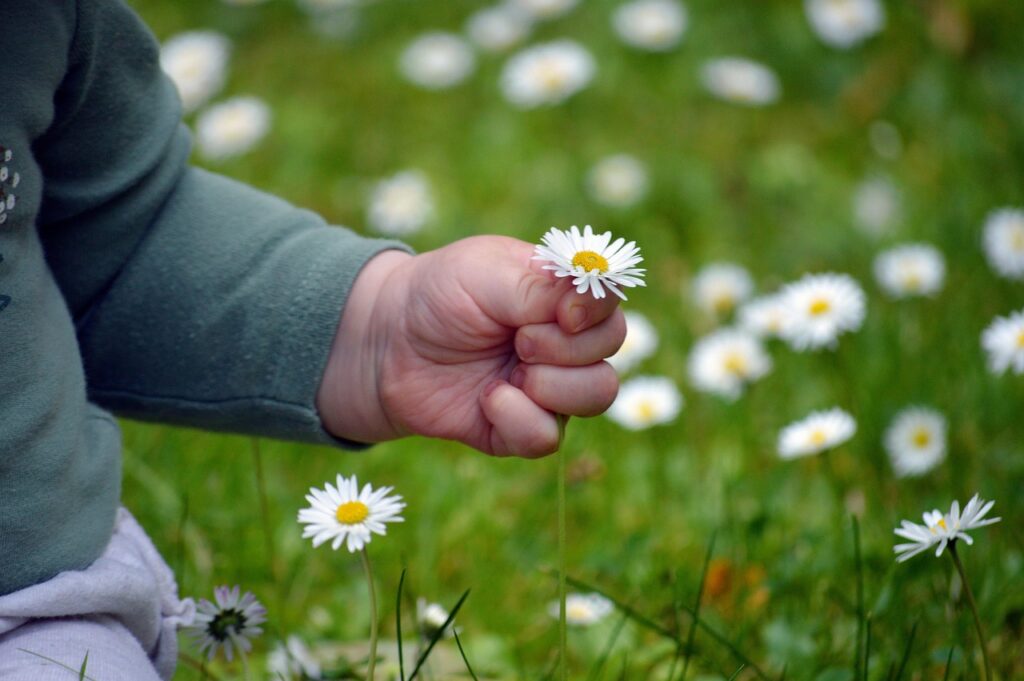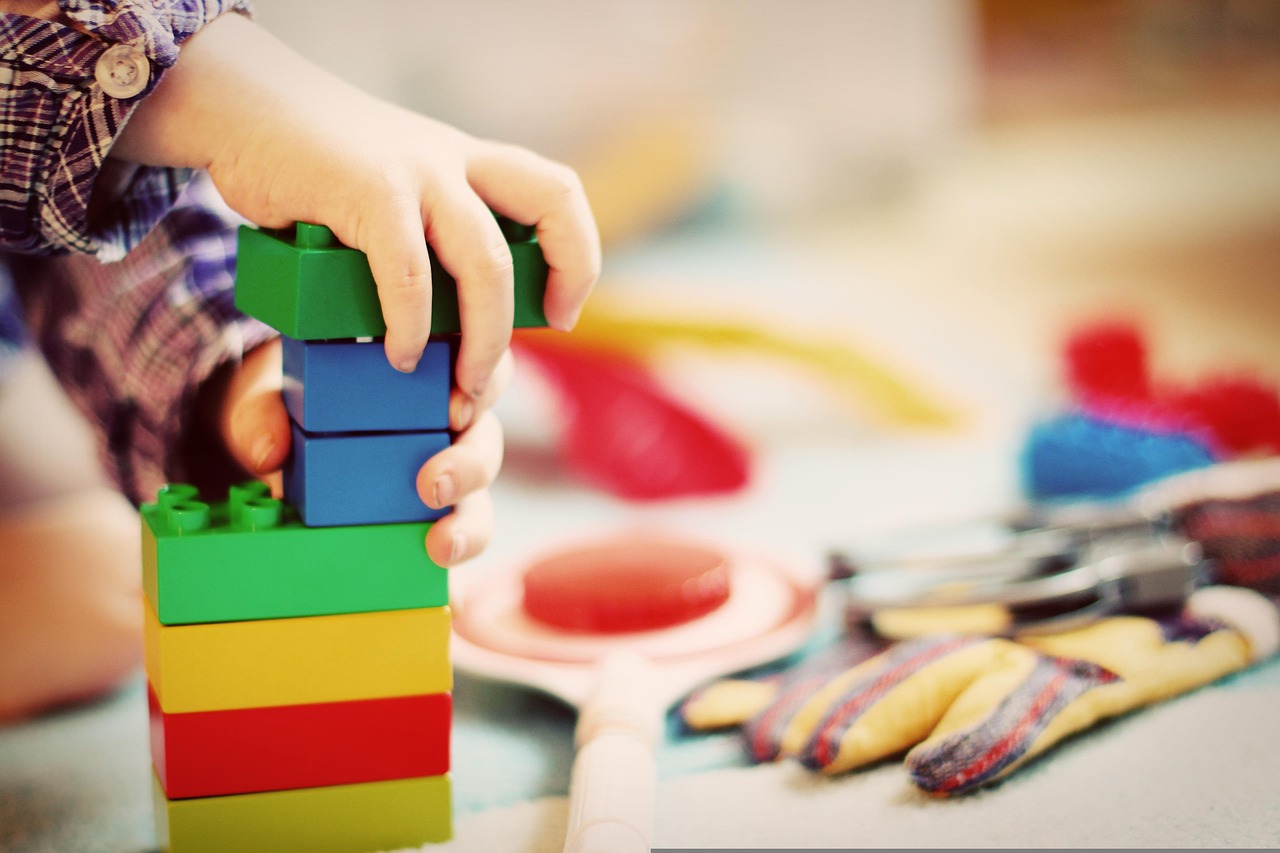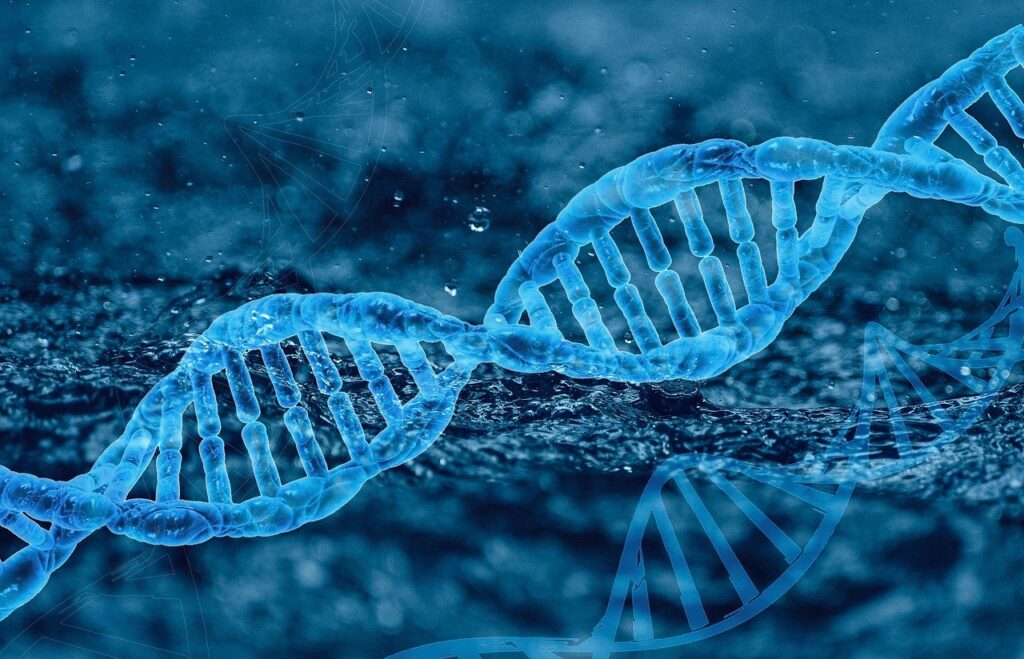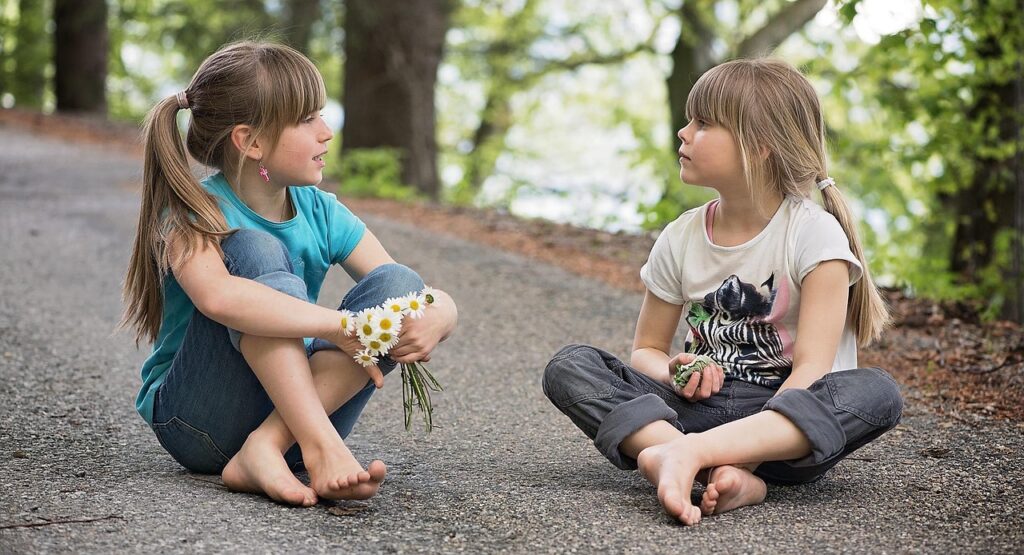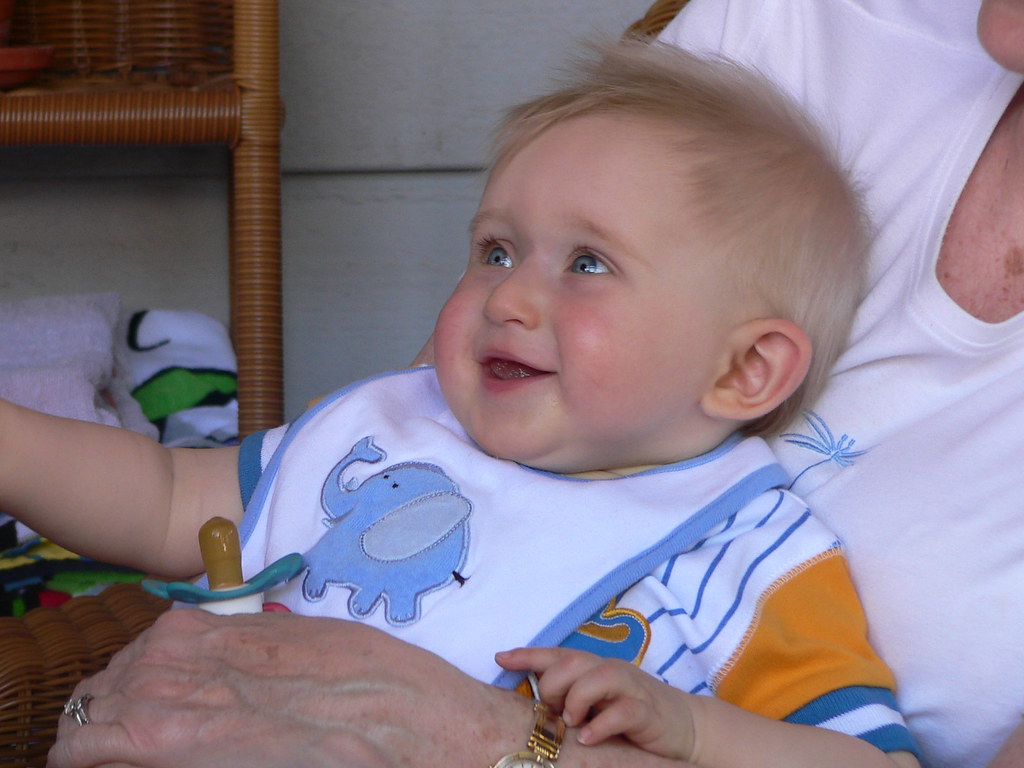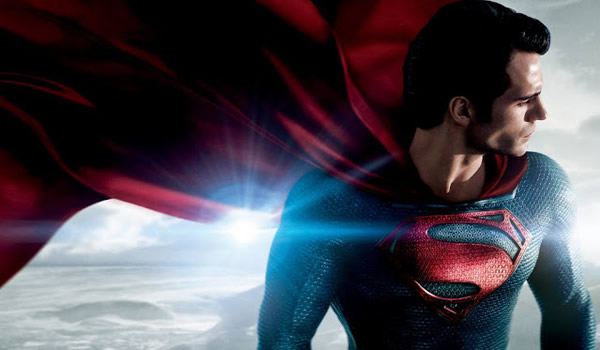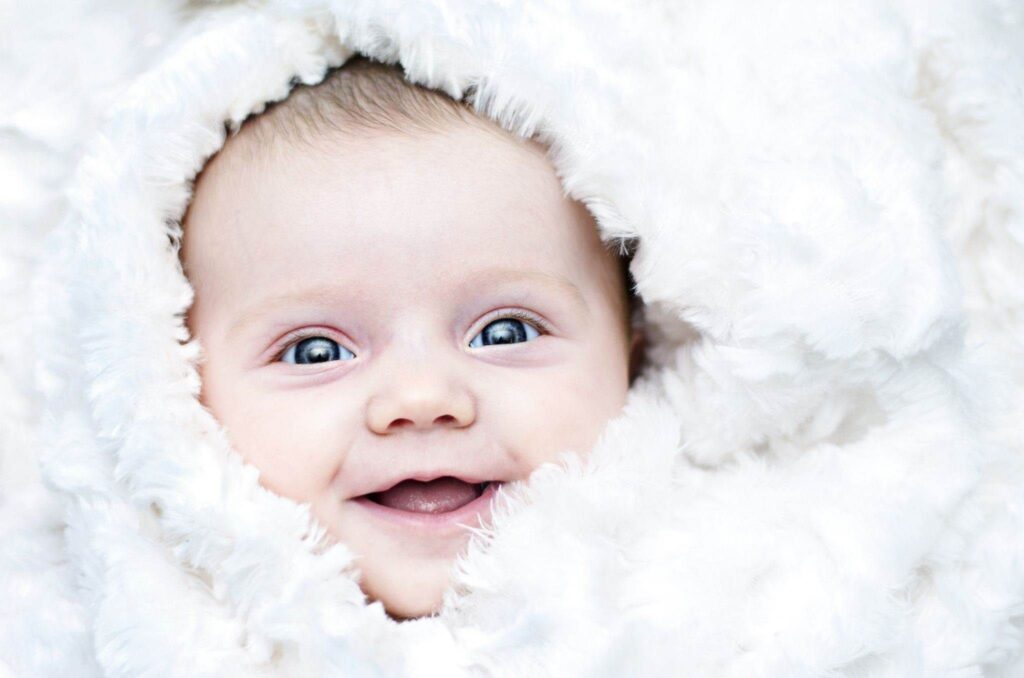
Remember being a kid? One minute you’re learning to crawl, the next you’re navigating school hallways, and suddenly you’re an adult trying to figure out taxes. Childhood zips by, but every single moment, every laugh, every challenge, is part of an incredible, complex process that shapes who we become. It’s not just about getting taller; it’s about how our brains light up, how we learn to interact, and how our personalities blossom.
This journey from total dependence to increasing autonomy is truly mind-blowing. It’s a continuous process with a predictable sequence, yet it takes a unique course for every single child. And guess what? It doesn’t always progress at the same rate, with each stage building on the preceding developmental experiences. It’s like a cosmic recipe, with genetic factors and early life events stirring the pot!
So, have you ever stopped to wonder about the “how” behind all this amazing growth? We’re diving deep into the fascinating world of child development, exploring the groundbreaking theories that attempt to unravel these mysteries. Get ready to understand yourself, your friends, and maybe even your favorite childhood actors a little better, as we explore the incredible science of growing up!
1. **Ecological Systems Theory: It Takes a Village (and a Whole Lot More!)**Ever felt like your environment played a massive role in shaping you? Well, Urie Bronfenbrenner totally agreed! His Ecological Systems Theory, sometimes called “development in context” or “human ecology,” tells us that development isn’t just about what’s happening inside a child, but also the swirling layers of environment around them. It’s like an onion, but for human growth.
Bronfenbrenner formulated this theory, first publishing it in “The Ecology of Human Development” in 1979, and it totally changed how psychologists and others look at humans and their surroundings. He pointed out that these environments, from your immediate family to the big economic and political structures, are all part of your life course, right from childhood through adulthood. Talk about big picture thinking!
The theory outlines four nested environmental systems: the microsystem, mesosystem, exosystem, and macrosystem. Each of these systems is packed with roles, norms, and rules that can super powerfully shape development. And here’s the cool part: there are bi-directional influences *within* and *between* these systems, meaning everything affects everything else in a continuous loop. It’s a constant interaction, not just a one-way street!
2. **Piaget’s Theory of Cognitive Development: Little Scientists in the Making**Okay, let’s talk about Jean Piaget, the Swiss scholar who basically cracked the code on how children’s minds grow. Starting his studies in the 1920s, he was initially super interested in how animals adapted to their environments, even publishing his first scientific article at just 10 years old! He later got a Ph.D. in zoology but then pivoted to epistemology – the origin of knowledge – which he believed came from Psychology.
After working on the first “standardized intelligence test” in Paris, he became profoundly interested in the way children’s intellectualism works. He didn’t just stop there; he developed his *own* laboratory to record children’s intellectual growth for years, trying to figure out how they develop through various stages of thinking. What a dedication!
This led him to his famous four stages of cognitive development: the sensorimotor stage (birth to age 2), preoperational stage (age 2 to 7), concrete-operational stage (ages 7 to 12), and formal-operational stage (ages 11 to 12, and thereafter). He believed that adapting to an environment (what he called behavior) is managed through “schemas,” and this adaptation happens via assimilation and accommodation. Basically, kids are little scientists constantly experimenting and building their understanding of the world!
**Piaget’s Stages in Action: Sensory Motor & Preoperational Wonders**
Let’s zoom into the first two stages. In the **Sensorimotor stage** (birth to about age 2), infants are all about their basic senses: vision, hearing, and motor skills. Their knowledge of the world is limited, but it’s constantly developing through their experiences and interactions – every grab, every gaze, every gurgle is a learning moment! According to Piaget, when an infant reaches about 7–9 months of age they begin to develop what he called object permanence, meaning the child now has the ability to understand that objects keep existing even when they cannot be seen. An example of this would be hiding the child’s favorite toy under a blanket, and although the child cannot physically see it they still know to look under the blanket.
Then we hit the **Preoperational stage** (starting around age 2, when kids begin to talk). During this stage, young children begin analyzing their environment using mental symbols, including words and images; the child will begin to apply these in their everyday lives as they come across different objects, events, and situations. However, Piaget’s main focus on this stage, and the reason why he named it “preoperational,” is that children at this point are not able to apply specific cognitive operations, such as mental math. In addition to symbolism, children start to engage in pretend play, pretending to be people they are not, for example teachers or superheroes; they sometimes use different props to make this pretend play more real.
Some weaknesses in this stage are that children who are about 3–4 years old often display what is called egocentrism, meaning the child is not able to see someone else’s point of view, and they feel as if every other person is experiencing the same events and feelings that they are. However, at about 7, thought processes of children are no longer egocentric and are more intuitive, meaning they now think about the way something looks, though they do not yet use rational thinking. It’s a truly fascinating look at how our little ones start to process the world!
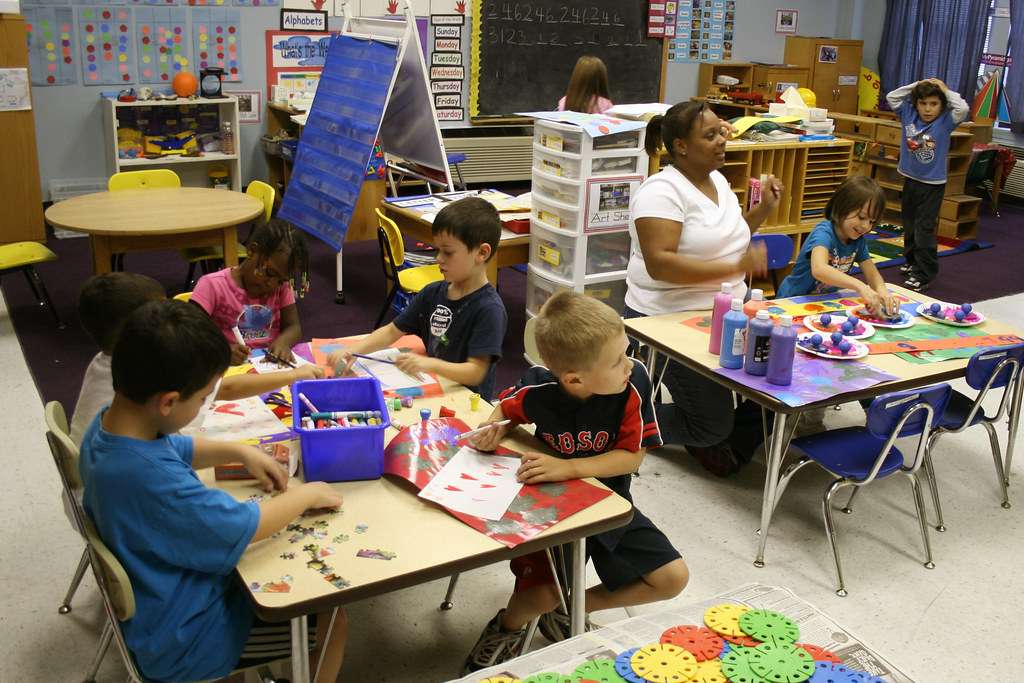
3. **Vygotsky’s Sociocultural Theory: Learning is a Team Sport!**While Piaget was doing his thing, across the pond, Russian theorist Lev Vygotsky was cooking up his own brilliant ideas with the sociocultural theory of child development. His work, translated out of Russian in the 1920s–1930s, began to profoundly influence Western thinking, bringing a fresh perspective to the table. He agreed with Piaget that children learn through hands-on experience – totally!
But Vygotsky added a crucial twist: he argued that timely and sensitive intervention by adults, especially when a child is “on the edge of learning a new task” (what he called the “zone of proximal development”), could significantly help them grasp new things. This technique, affectionately known as “scaffolding,” is all about building new knowledge onto what children already know to help the child learn. It’s like giving them a helpful boost to reach that next level!
An example of this might be when a parent “helps” an infant clap or roll their hands to the pat-a-cake rhyme, until they can clap and roll their hands themself. Vygotsky was super focused on the massive role of culture in determining a child’s developmental pattern. He famously stated that “Every function in the child’s cultural development appears twice: first, on the social level, and later, on the individual level; first, between people (interpsychological) and then inside the child (intrapsychological).” This means interactions *between people* shape what eventually becomes *inside the child*. How cool is that? He saw development as a dynamic process, with qualitative transformations happening during “periods of crisis” in a child’s mental functioning.
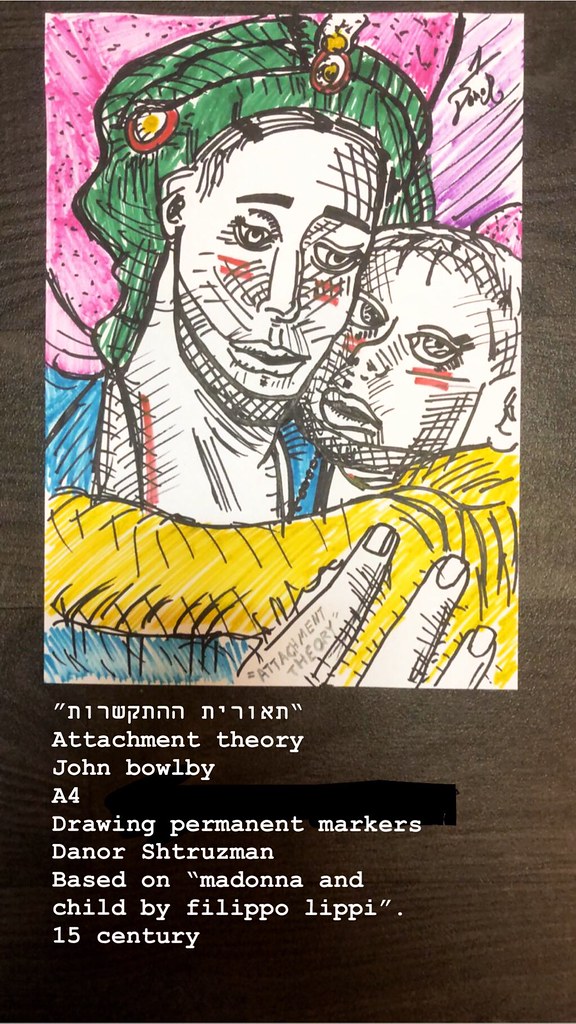
4. **Attachment Theory: The Invisible Thread That Connects Us**Have you ever noticed the intense bond between a baby and their caregiver? John Bowlby sure did! His observations sparked the creation of Attachment Theory, later developed by Mary Ainsworth. It’s a psychological, evolutionary, and ethological theory that gives us a descriptive and explanatory framework for understanding interpersonal relationships, starting right from the very beginning.
Bowlby became convinced that close emotional bonds, or “attachments,” between an infant and their primary caregiver weren’t just cute; they were an absolutely important requirement for forming “normal social and emotional development.” This isn’t just a fleeting connection; it’s a foundational element for a child’s well-being and their ability to relate to others later in life. Parents play a large role in a child’s activities, socialization, and development; having multiple parents can add stability to a child’s life and therefore encourage healthy development.
Imagine that invisible thread of security and comfort that allows a child to explore the world, knowing they have a safe base to return to. A parent-child relationship with a stable foundation creates room for a child to feel both supported and safe. This environment established to express emotions is a building block that leads to children effectively regulating emotions and furthering their development. It’s a powerful concept that shows just how much those early connections matter!

5. **Erik Erikson’s Psychosocial Stages: Life’s Big Quests, From Cradle to Grave**Following in the footsteps of Sigmund Freud (we’ll get to him!), Erik Erikson took Freud’s ideas and brilliantly synthesized them to create what we know as the “psychosocial” stages of human development. But Erikson’s take was much broader, spanning from birth all the way to *death*! He proposed that at each stage of life, we face specific “tasks” or crises that absolutely must be accomplished to successfully navigate life’s challenges. It’s like a series of quests in a video game, each with its own unique challenge!
Erikson’s eight stages are super insightful. They kick off with **Trust vs. mistrust** in infancy, where babies learn if the world is a safe and predictable place. Then comes **Autonomy vs. shame** in toddlerhood, as little ones try to assert their independence. In the preschool years, it’s **Initiative vs. guilt**, as they start to plan activities and tackle challenges. Young adolescents grapple with **Industry vs. inferiority**, learning competence in school and social settings.
Then comes the big one for teens: **Identity vs. role confusion**, where they try to figure out who they are. The stages continue into adulthood with **Intimacy vs. isolation**, **Generativity vs. stagnation**, and finally, **Ego integrity vs. despair** in old age. Each stage builds on the last, shaping our personalities and how we interact with the world throughout our entire lives. It’s a comprehensive look at the human journey!

6. **Behavioral Theories: Learning By Doing (and Observing!)**Ever heard the phrase “practice makes perfect”? Or noticed how rewards can totally change someone’s behavior? That’s the core of behavioral theories in child development! John B. Watson’s behaviorism theory forms the foundation of the behavioral model of development. Watson explained human psychology through the process of classical conditioning, and he believed that all individual differences in behavior were due to different learning experiences. Talk about environmental influence!
Watson wasn’t just theorizing; he conducted famous (and controversial!) research, such as the Little Albert experiment, which showed that a phobia could be created by classical conditioning. Watson was instrumental in the modification of William James’ stream of consciousness approach to construct behavior theory. He also helped bring a natural science perspective to child psychology by introducing objective research methods based on observable and measurable behavior, which was a pretty big deal at the time!
Following Watson’s lead, B.F. Skinner took things even further with operant conditioning and verbal behavior. Skinner used the operant chamber, or Skinner box, to observe the behavior of animals in a controlled situation and proved that behaviors are influenced by the environment. Furthermore, he used reinforcement and punishment to shape the desired behavior. Essentially, our environment teaches us how to behave, and children’s behavior can strongly depend on their psychological development – a truly fascinating look at how we learn and adapt!

7. **Freud’s Psychosexual Stages: Diving into the Unconscious Mind**Alright, let’s talk about Sigmund Freud. You might have heard his name before, and his theories definitely stirred things up! Freud divided development, from infancy onward, into five stages. In accordance with his view that the sexual drive is a basic human motivation, each stage centered around the gratification of the libido within a particular area, or erogenous zone, of the body. He was definitely thinking outside the box!
He argued that as humans develop, they become fixated on different and specific objects throughout their stages of development. Each stage contains conflict which requires resolution to enable the child to develop. If a conflict isn’t resolved, it could lead to fixations that impact personality in adulthood. It’s a pretty intense way to look at growing up, focusing on the powerful pull of unconscious desires.
While some of his ideas are certainly debated today, Freud’s groundbreaking work emphasized the importance of early childhood experiences and the role of unconscious processes in shaping who we become. He forced us to think about development in a completely new way, highlighting how deeply rooted our early experiences might be in our adult personalities. Whether you agree or disagree, his impact on developmental thought is undeniable!
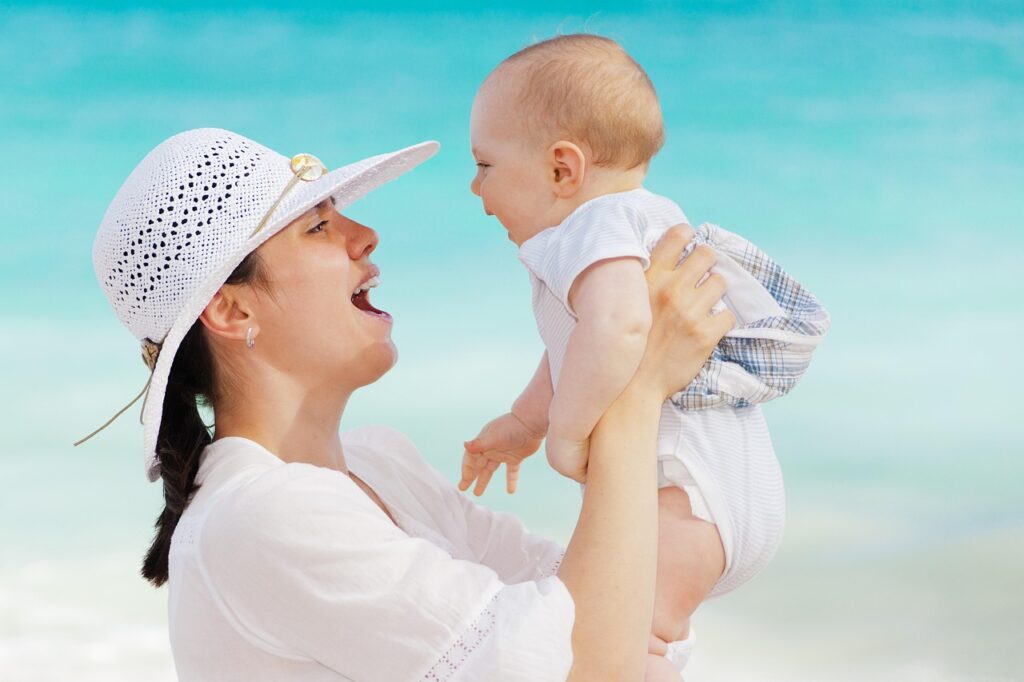
8. **Beginning of Cognition: Shared Intentionality’s Breakthrough**Okay, so we’ve talked about the big theories, but how do little brains actually *start* cognizing the world? Influential theories, from Bronfenbrenner to Vygotsky, all highlight that social interaction is absolutely essential right from birth. Babies with simple reflexes begin to understand their environment by collaborating with caregivers, actively co-creating their understanding.
While some philosophical debates question how meaningfully infants can interact, recent neuroscience advancements shed new light. Developmental psychologist Michael Tomasello gave us the fantastic notion of Shared Intentionality, crucial for understanding social cognition origins. He explored unaware processes during social learning that shape a child’s intentionality.
Taking Tomasello’s ideas further, Igor Val Danilov introduced the Mother-Fetus Neurocognitive model, describing neurophysiological processes during Shared Intentionality, even before birth! This hypothesis suggests nervous system synchronization creates non-local neuronal coupling between mother and child, vital for nervous system development from the embryonic stage—an early connection indeed. This non-local coupling helps the mother indicate relevant sensory stimuli, guiding the child to perceive objects.
Natural neurostimulation from the mother’s heart influences the embryonal nervous system, ensuring balanced architecture with tailored cognitive functions. Hyperscanning studies support this approach, showing inter-brain coordinated activity during shared tasks. This unconscious social interaction aids child development and shapes social norms and individual values, constituting society from our earliest moments!
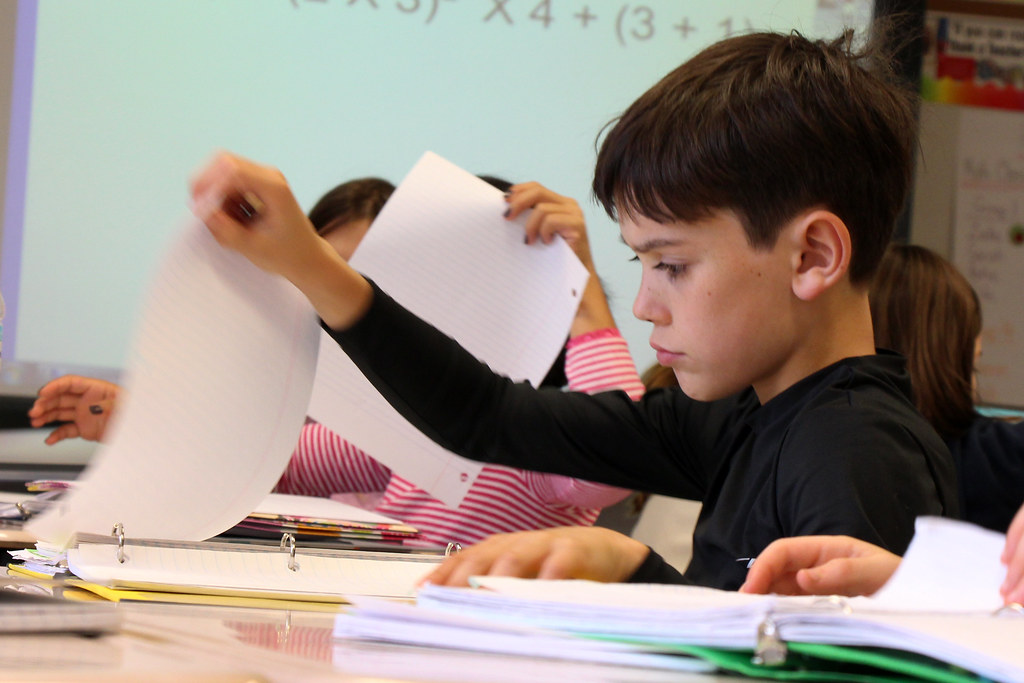
9. **Continuity and Discontinuity: Understanding Developmental Flow**As parents and researchers, we’re interested in “aha!” moments, milestones marking big leaps. Yet, many development aspects are continuous, like watching a plant grow. These gradual, predictable changes lead to adult characteristics, a smooth, steady climb.
However, sometimes developmental change *is* discontinuous, seen in distinct milestones and age periods called stages. A “stage” implies a qualitative difference in behavior or physical characteristics, plus a predictable sequence where each builds upon the last.
These stages aren’t always rigid; they can overlap or connect to other areas like speech. Even with a new stage, the previous one isn’t totally wrapped up. Erikson suggested reworking childhood issues throughout life. Piaget noted “horizontal decalage,” showing development is a dynamic, layered process!
10. **Mechanisms of Developmental Change: The Dance of Genes and Environment**What drives development? Not just getting older. Fundamental causes are a fascinating interplay between genetic and environmental factors. Genes are blueprints for growth, body/brain proportions, and maturation of functions like vision.
But genes aren’t the whole story. Environmental factors like diet, disease exposure, and social/emotional/cognitive experiences also play massive roles. While children are resilient, the constant interaction between genetic and environmental factors truly shapes developmental change.
This interaction introduces “plasticity”: how much development is guided by environment versus genetics. High plasticity means strong impact from early experiences; low plasticity means genes are the main driver. Two types exist: “Experience-dependent plasticity” (learning from environment, changing behavior lifelong) and “Experience-expectant plasticity” (strong influence of specific experiences during crucial “sensitive periods,” like visual experience for depth perception).
Finally, “genetic-environmental correlations” show how genes and environment team up to make certain experiences more likely. This includes “passive correlation” (parents’ genes create environment), “evocative correlation” (child’s genes elicit specific responses), and “active correlation” (child chooses experiences matching predispositions). It’s a complex, intertwined web!

11. **Research Methods: Peeking into the Infant Mind**How do scientists study babies? Challenging due to infants’ inability to talk, limited behavior, and tiny attention spans, requiring adaptable methods. Yet, researchers have clever ways to understand those little brains!
One technique, for birth to four months, is the “high-amplitude sucking technique” (HAS), using an infant’s sucking reflex. Researchers establish a baseline, then introduce a stimulus; increased sucking means interest, a relaxed rate, familiarity. The “preferential-looking technique” (Fantz, 1961) shows two images; longer gaze indicates differentiation and preference. “Eye tracking” follows eye gaze to see if infants understand nouns.
“Habituation” involves repeatedly showing a stimulus until no response, then introducing a new one; dishabituation reveals cognitive/perceptual patterns. “Looking time” measures duration of gaze, uncovering preferences for colors or auditory discrimination. Brain imaging, like MRI and EEG, also provides insights into brain activity, growth, and connectivity from fetal stages onward.
Ethical considerations are paramount. Parents must give legal informed consent, but children must also *informally* consent, with their agreement checked throughout. Researchers must protect children from feeling coerced, ensuring truly voluntary participation.
12. **Milestones: Charting the Path of Progress**Milestones! Exciting moments marking significant changes in physical and mental abilities, like first steps or words. These signal the end of one developmental period and the beginning of another, acting as stage transition indicators established through extensive study.
However, there’s *considerable* variation in when individual children hit these milestones, even among those developing typically! Some are more flexible; a child’s ability to *understand* speech (receptive) varies less than when they *start talking* (expressive). Every child truly moves at their own pace.
A common concern is delayed development. Preventing and intervening early is a significant study area. Delays are identified by comparing a child’s progress to the *age variability* of a milestone, not just the average age, ensuring every child gets support.
13. **Physical Growth: The Remarkable Body Transformation**From birth, a child embarks on an incredible physical transformation, growing in stature and weight for 15 to 20 years. Imagine changing from an average 3.5 kg (7.7 lb) and 50 cm (20 in) at birth to adult size! Proportions shift dramatically too, from a newborn’s relatively large head and small limbs to adult proportions, following “cephalocaudal” (head-to-toe) and “proximodistal” (center-to-periphery) patterns.
The speed of physical growth is not uniform. It’s rapid post-birth – birth weight doubles in four months, triples by one year – then growth slows until a rapid spurt before puberty (9-15 years). Head size is near adult at birth, while torso and limbs have much more growing to do.
Genetic factors determine growth rate and proportional changes, but only if environmental conditions, especially nutrition, are adequate. Approaching adolescence, pubertal changes are significant: thelarche (girls ~10.5y), menarche (girls ~12.5y), gonadarche (boys ~11.5y), and spermarche (boys ~13.5y) mark a whirlwind of development.
Read more about: The Dragon’s Ascent: Unpacking China’s Modern Military and Expanding Global Reach by 2025

14. **Risk Factors: Navigating Challenges to Healthy Development**Child development isn’t always smooth, and many factors can influence a child’s journey. Risk factors pose challenges, from physical pain to caregiver mental health concerns like postnatal depression, which impacts care quality. Maternal drug use during pregnancy, like cocaine exposure, also presents serious risks to fetal and child’s long-term development.
Environmental and socioeconomic factors loom large. Malnutrition and undernutrition, especially specific nutrient deficiencies, severely impede physical and cognitive growth as body/brain lack fuel. Socioeconomic status affects access to nutrition, healthcare, education, and safe environments, all foundational to healthy development.
Other environmental threats include parasites and toxins. Infections cause illness and deficiencies, while toxin exposure can interfere with neurological development. Understanding these diverse risk factors is critical for identifying vulnerabilities and implementing interventions to foster optimal growth.
Read more about: U.S. Federal Budget Deficit Surges Toward $2 Trillion: An In-Depth Analysis of Rising Spending and the Complex Role of Trump-Era Tariffs
Wow, what an incredible journey through the intricate world of child development! From those early theories that laid the groundwork to understanding the delicate dance between genes and environment, the profound impact of social interaction, and the very real challenges posed by various risk factors, it’s clear that growing up is a masterpiece of biology, psychology, and pure human spirit. Every giggle, every question, every new step is a testament to the complex, beautiful process that shapes us all. It reminds us that every single child is a universe of potential, constantly learning, adapting, and surprising us with their unique path to becoming who they are. So next time you see a child, remember the incredible science unfolding before your eyes – it’s truly something to celebrate!

